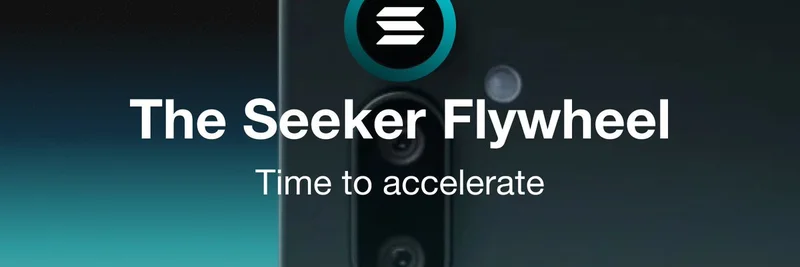In a recent thread on X, Uri Klarman, CEO of bloXroute and a prominent figure in blockchain networking, shared his vision for Solana's future with something called MCP—short for Multi-Co-Leader Proposal. This isn't just tech jargon; it's a potential game-changer for how transactions get processed on one of the hottest blockchains for meme tokens. If you're trading or building on Solana, this could directly affect your strategies.
Klarman paints a picture of 2027 where Solana has multiple "co-leaders" adding new transactions every few milliseconds. These get combined into a single block, sorted by fees. Sounds simple, but it eliminates a lot of the headaches we see today with bundles, block builders, and systems like BAM (Block Auction Mechanism). In this setup, traditional bundles don't execute in order, and you can't easily drop failing transactions because outcomes aren't predictable upfront.
Why does this matter for meme tokens? Meme coins thrive on speed and fairness in trading. Right now, on Solana, things like front-running or unreliable ordering can kill the vibe during a pump. MCP pushes DeFi beyond obsessing over "which transaction came first," as Klarman puts it, referencing insights from Max Resnick. It fosters a more evolved ecosystem where apps can compete with centralized exchanges without the centralization pitfalls.
But Klarman stresses that MCP isn't some distant dream—Solana's developers are already beasts at pushing boundaries. He shares a snapshot highlighting how close this tech might be.
Diving deeper, Klarman critiques the current "temporary" solutions like block builders and BAM. Block builders ditch Solana's real-time continuous building, while BAM strips validators of control over transaction inclusion. Both undermine the narrative that Solana is truly decentralized and fair—key selling points for meme token communities who hate centralized control.
He calls out the rush to mimic Ethereum's experiments, like those from Flashbots, which have their own issues. Instead, why not embrace MCP's approach: sort transactions and bundles by reward per compute unit (CU), and keep bundle support intact? This could let decentralized exchanges (DEXs) rival centralized ones with proprietary automated market makers (AMMs), all while ensuring reliable ordering.
Klarman also nods to the competitive landscape. With equities moving onchain, Solana faces stiff rivals. Fragmentation could be deadly, so he urges validators to think long-term and patriotic, even if it means short-term sacrifices. The Solana Foundation, with its stake, has shown it can nudge adoption of beneficial tech.
For meme token enthusiasts, this thread is a wake-up call. Better transaction handling means smoother launches, fairer trades, and less MEV (miner extractable value) exploitation that often plagues viral coins. If MCP takes off, it could make Solana the go-to chain for the next wave of meme mania, drawing in more liquidity and innovation.
Check out the full thread on X for more details, including linked discussions from experts like Max Resnick and others. As blockchain evolves, staying informed on these shifts is crucial for anyone in the meme token space.



